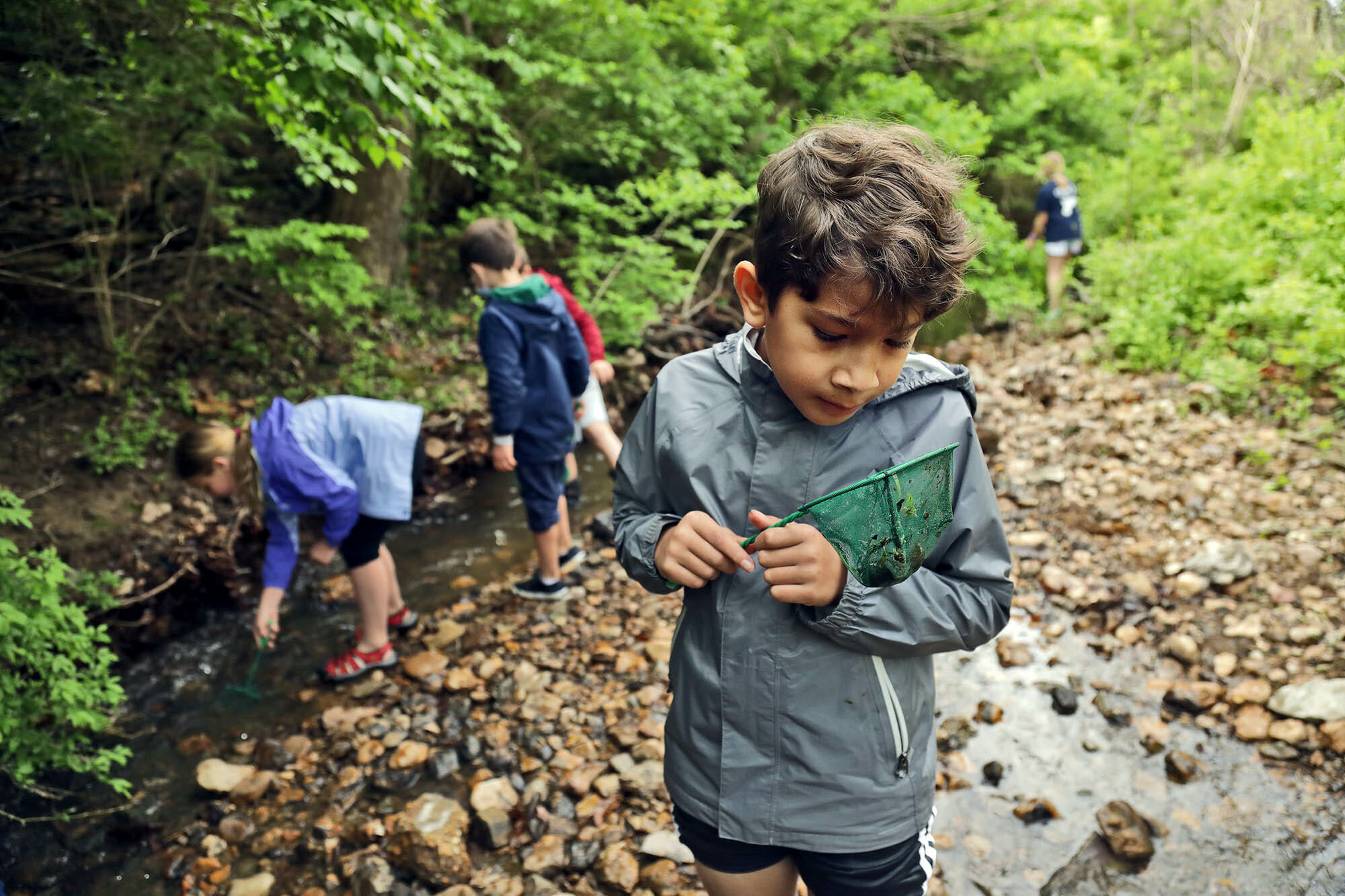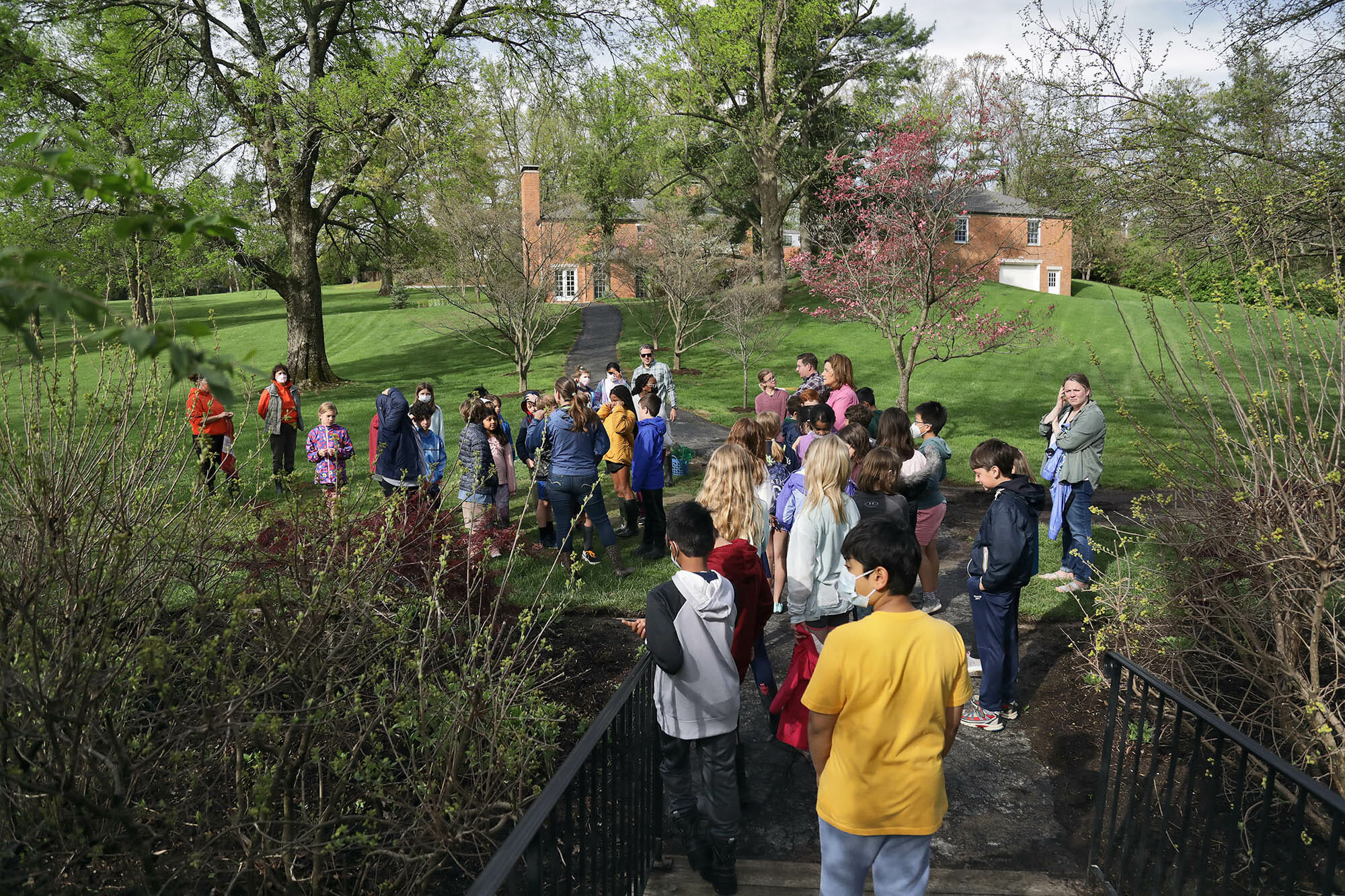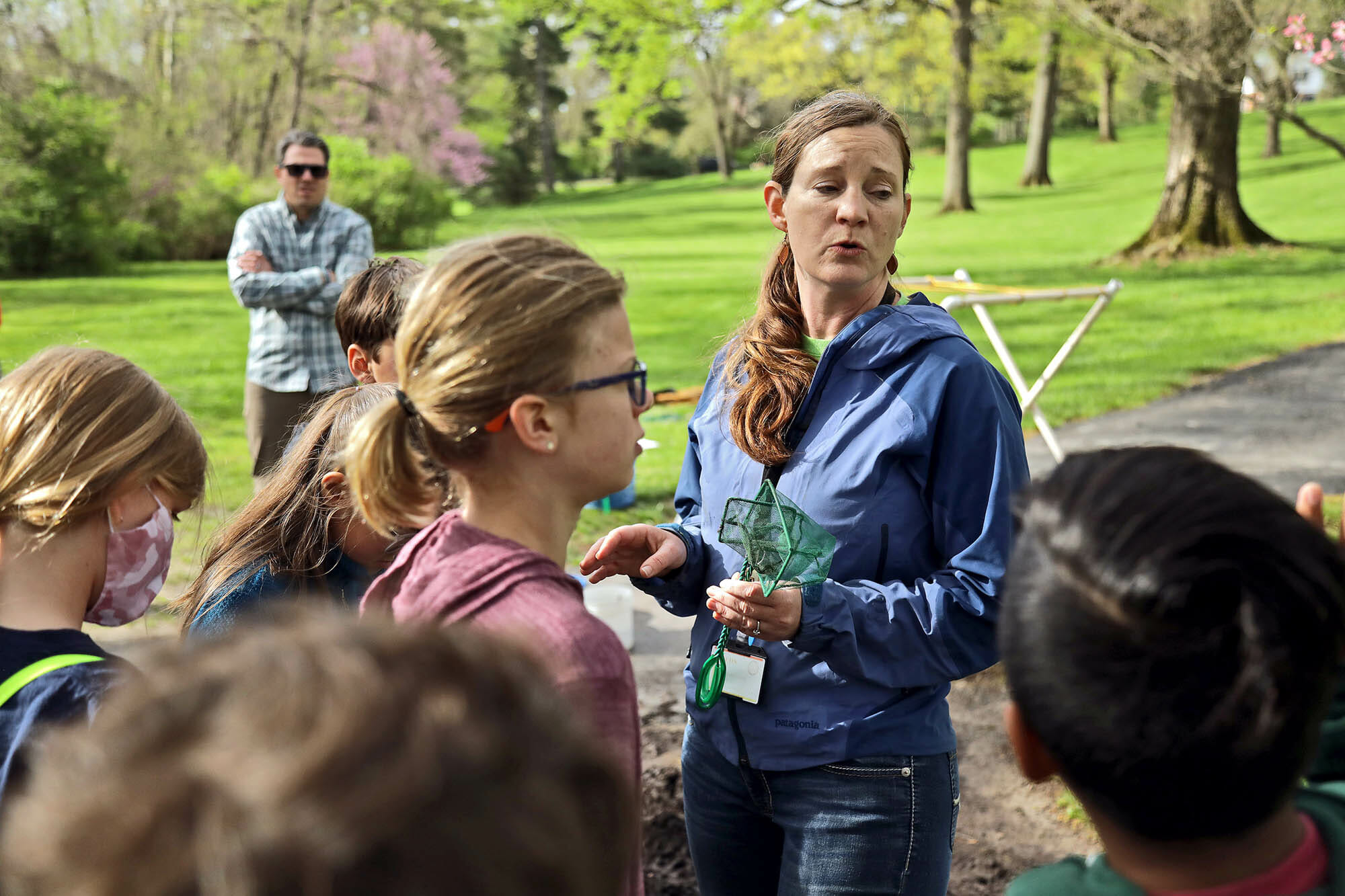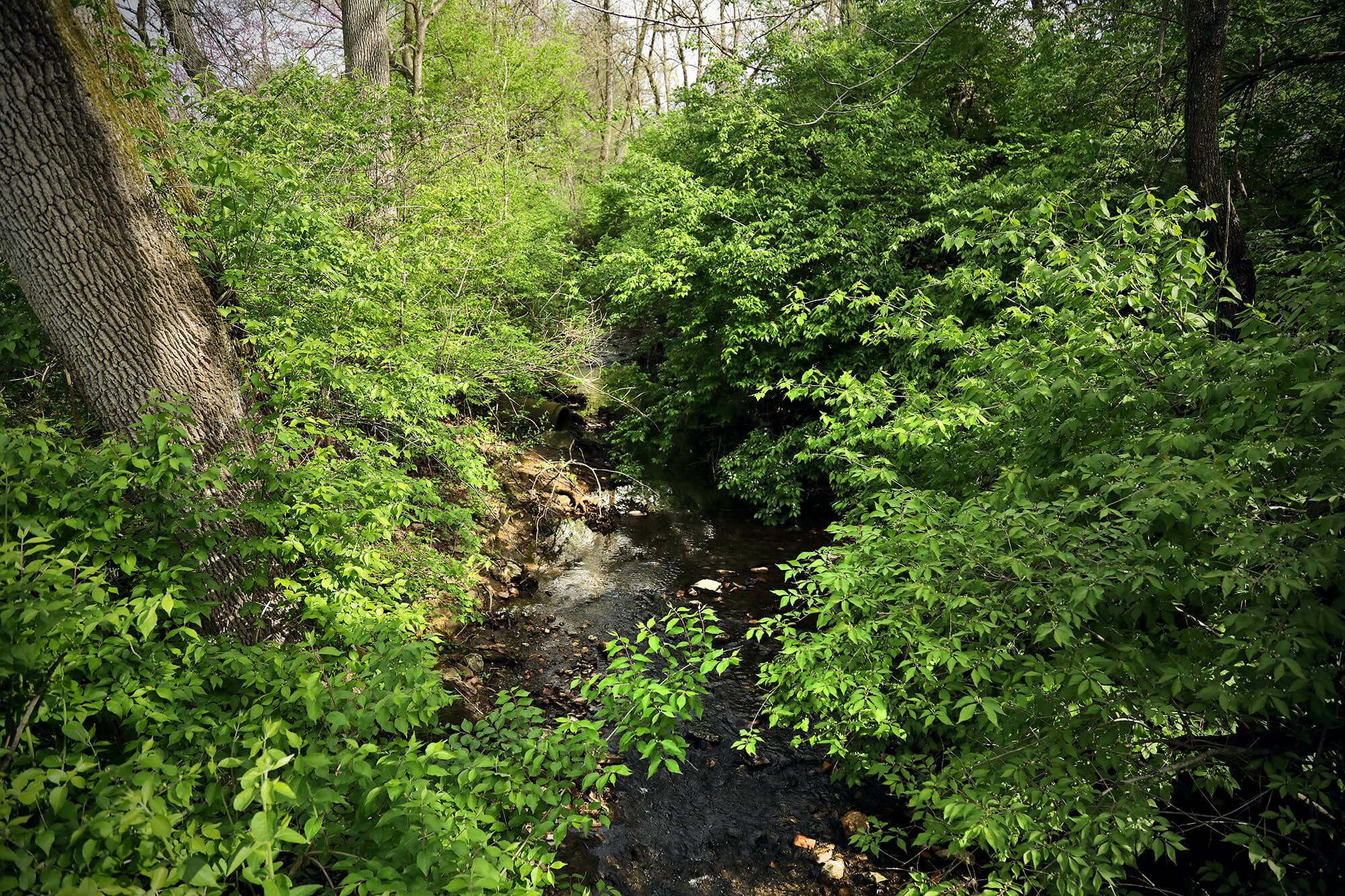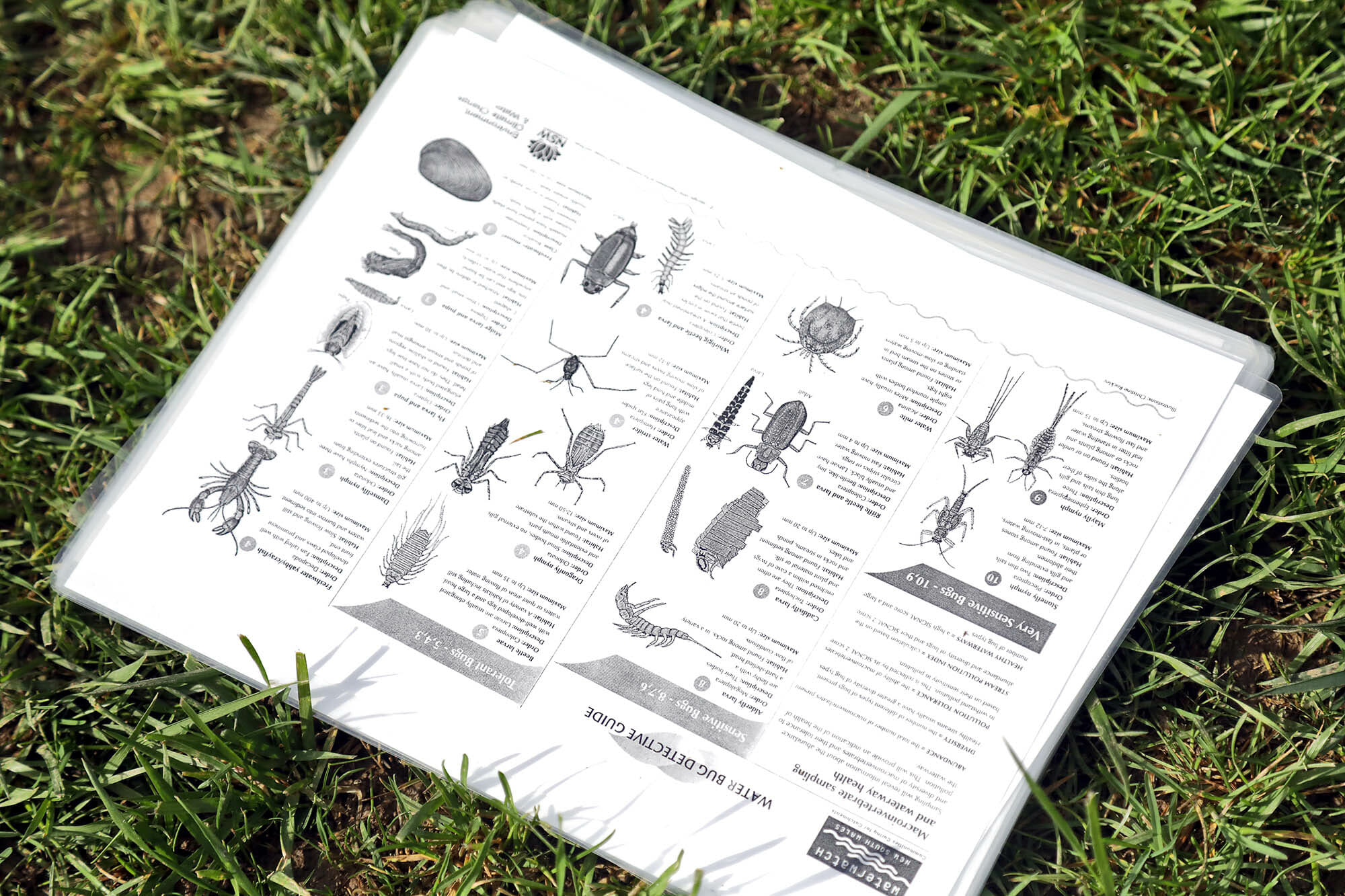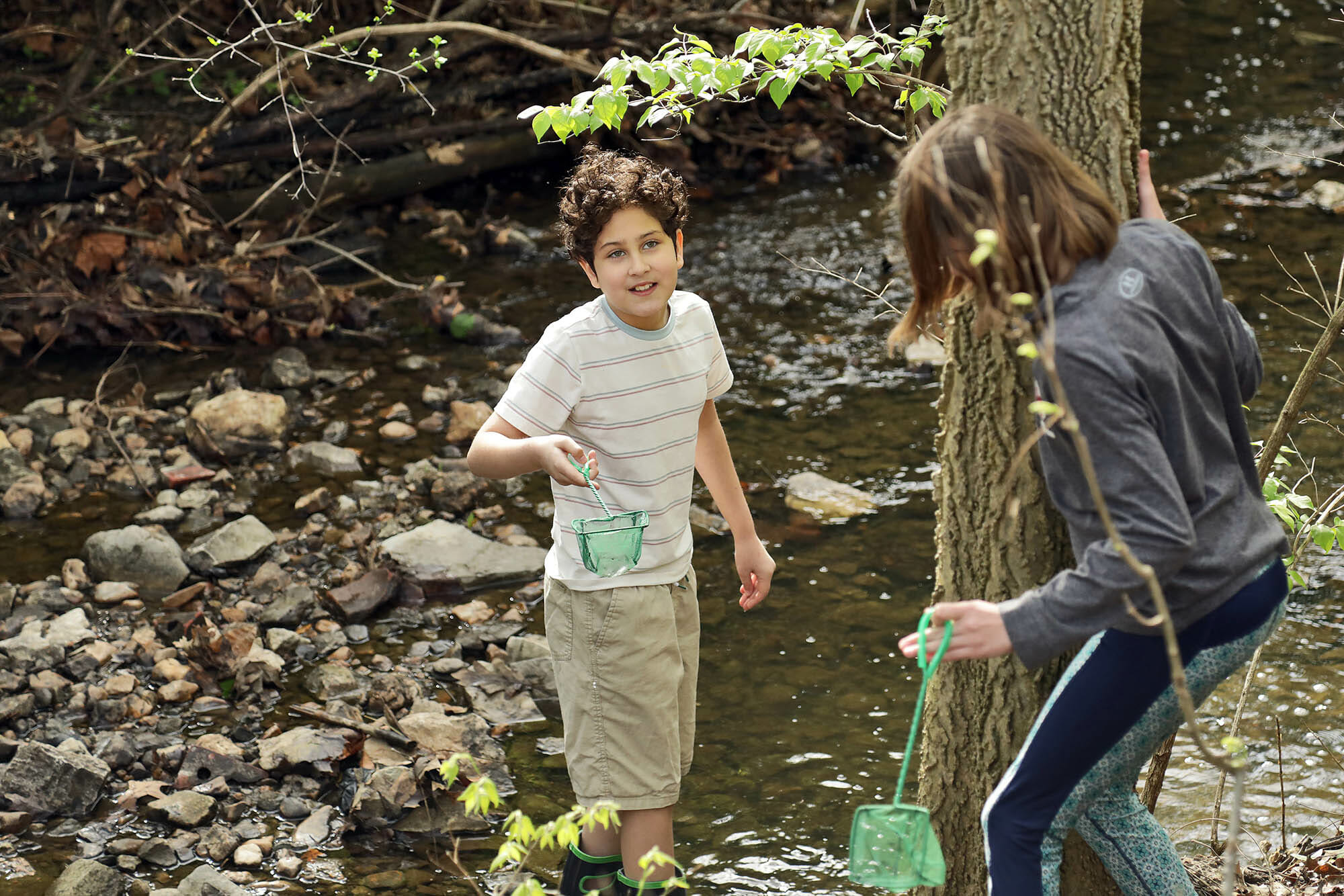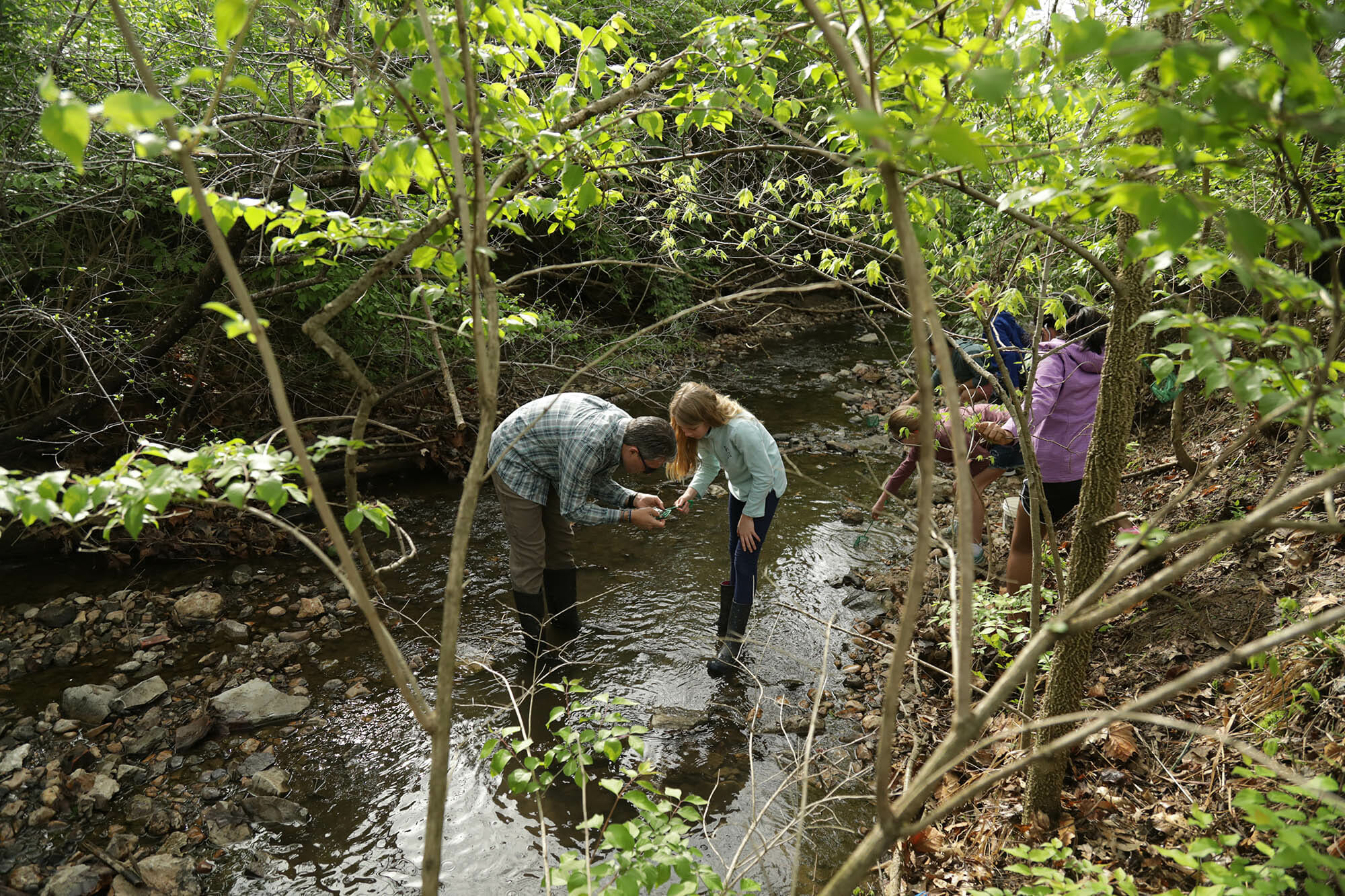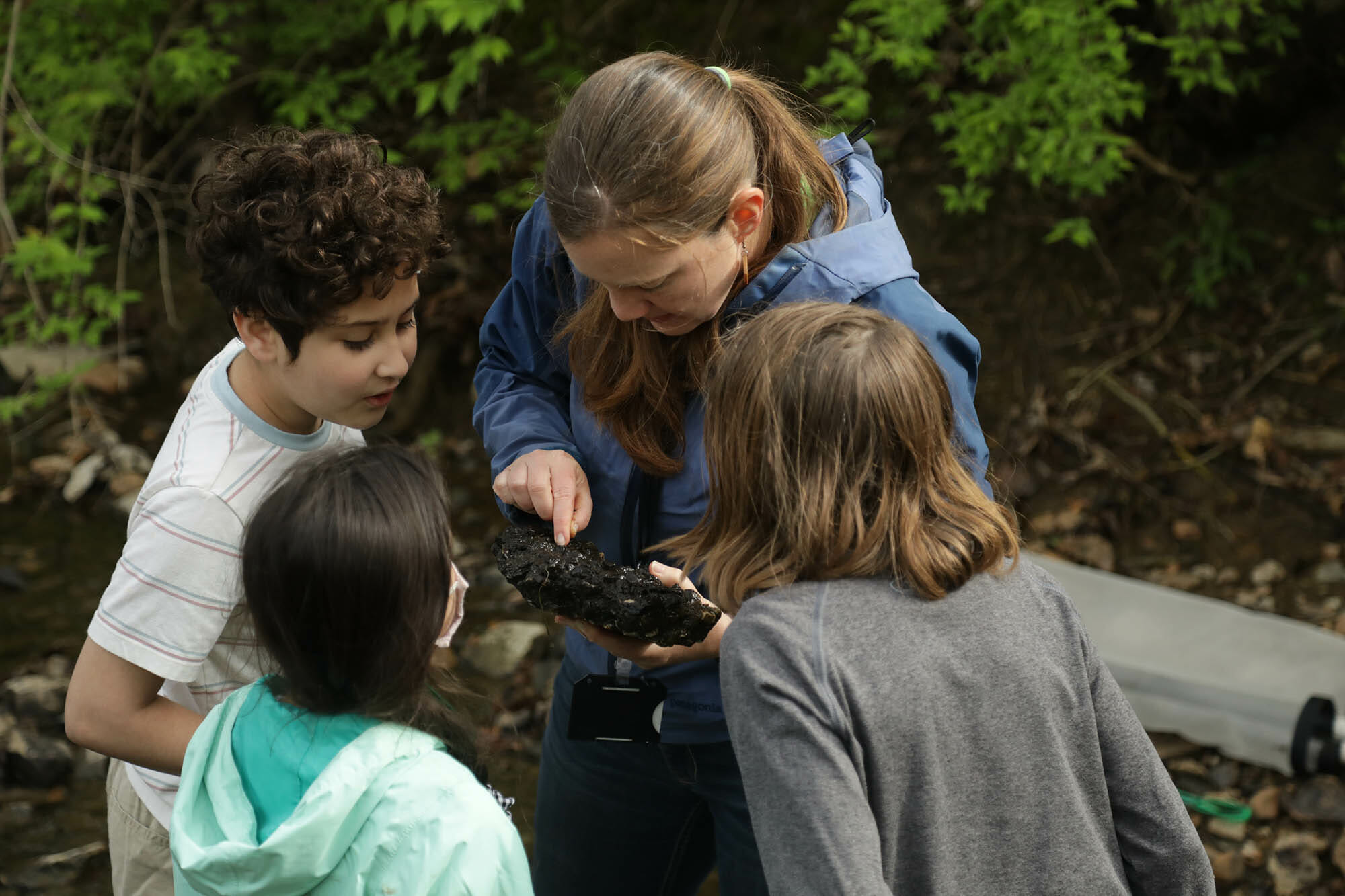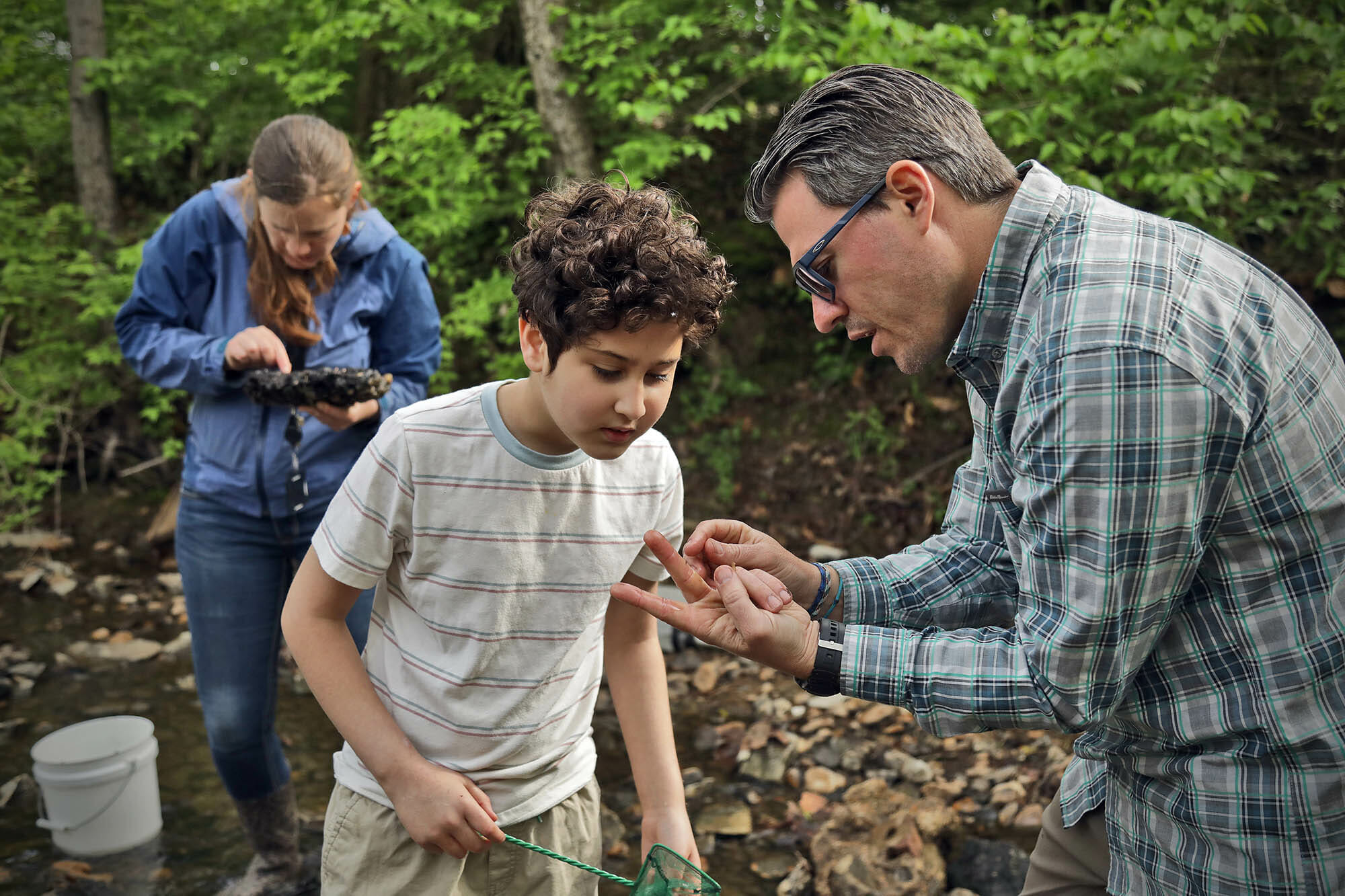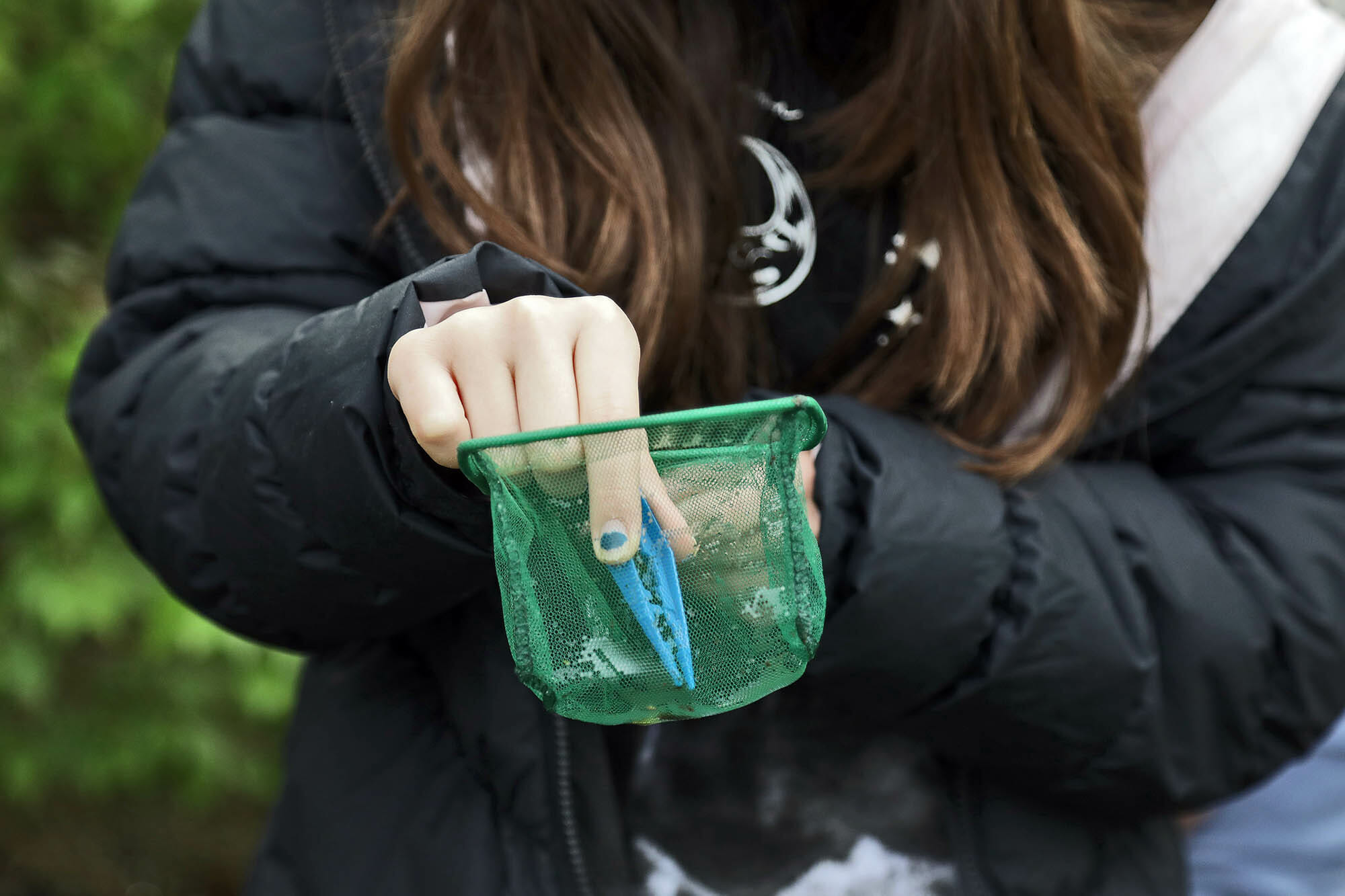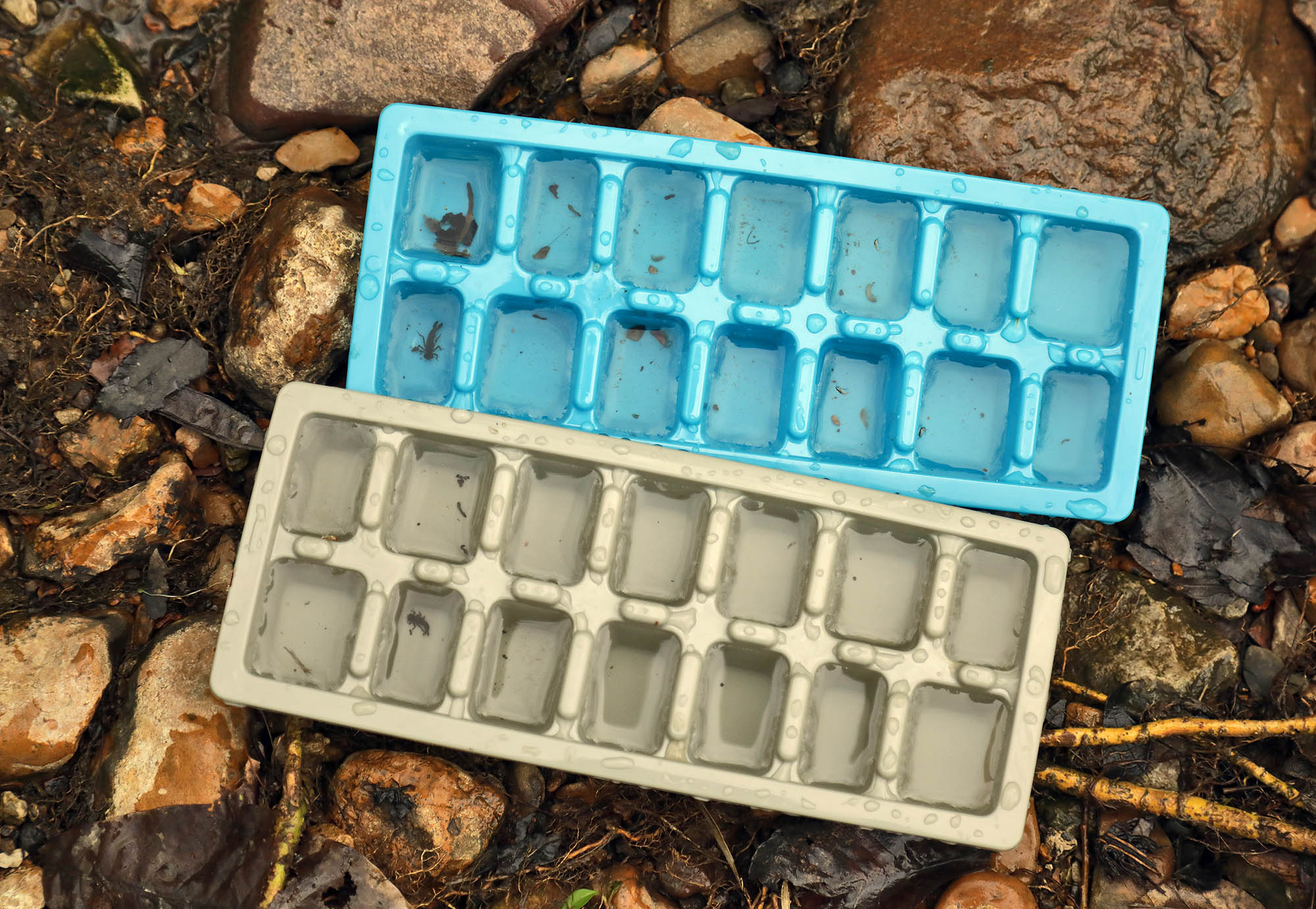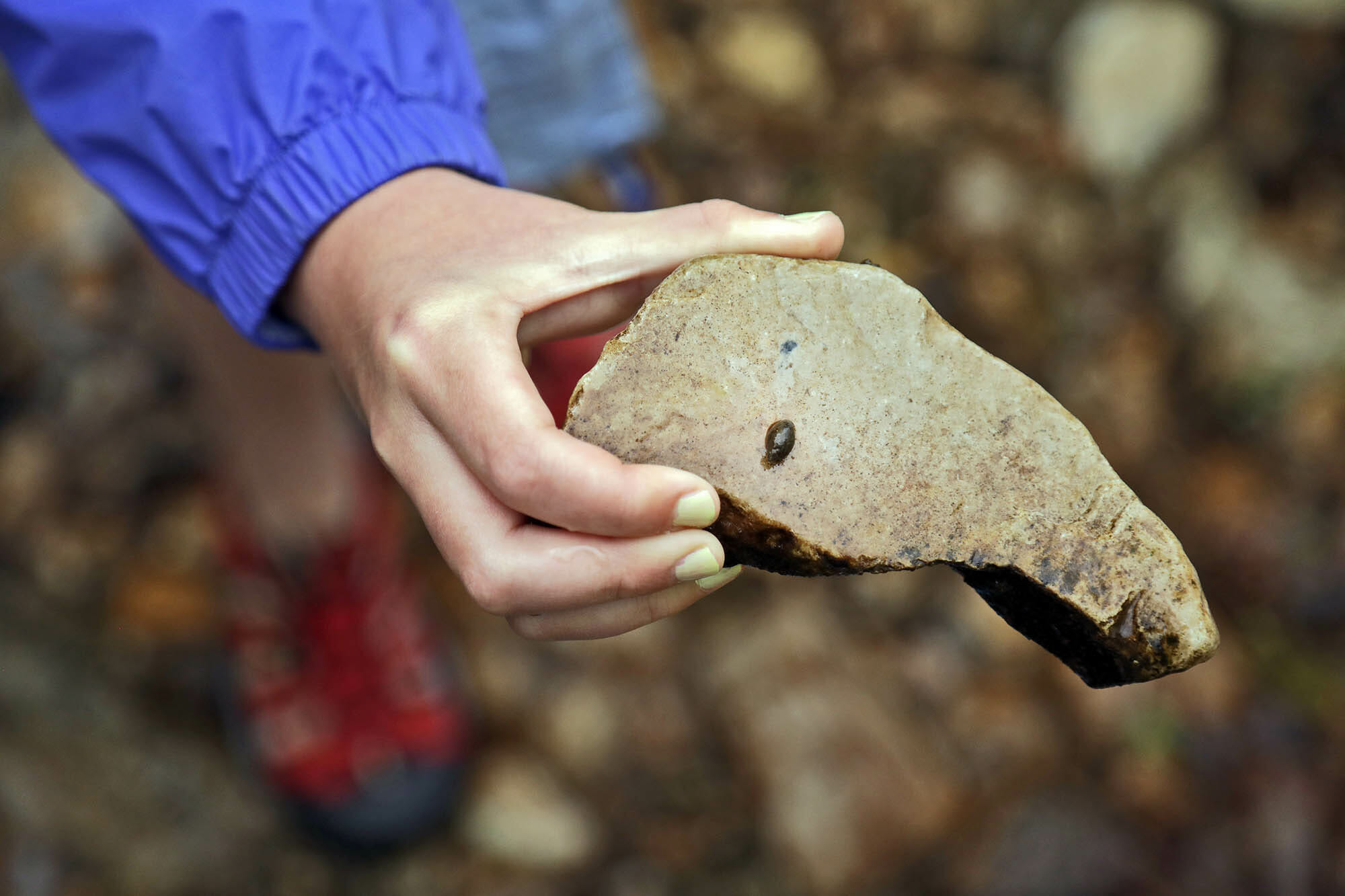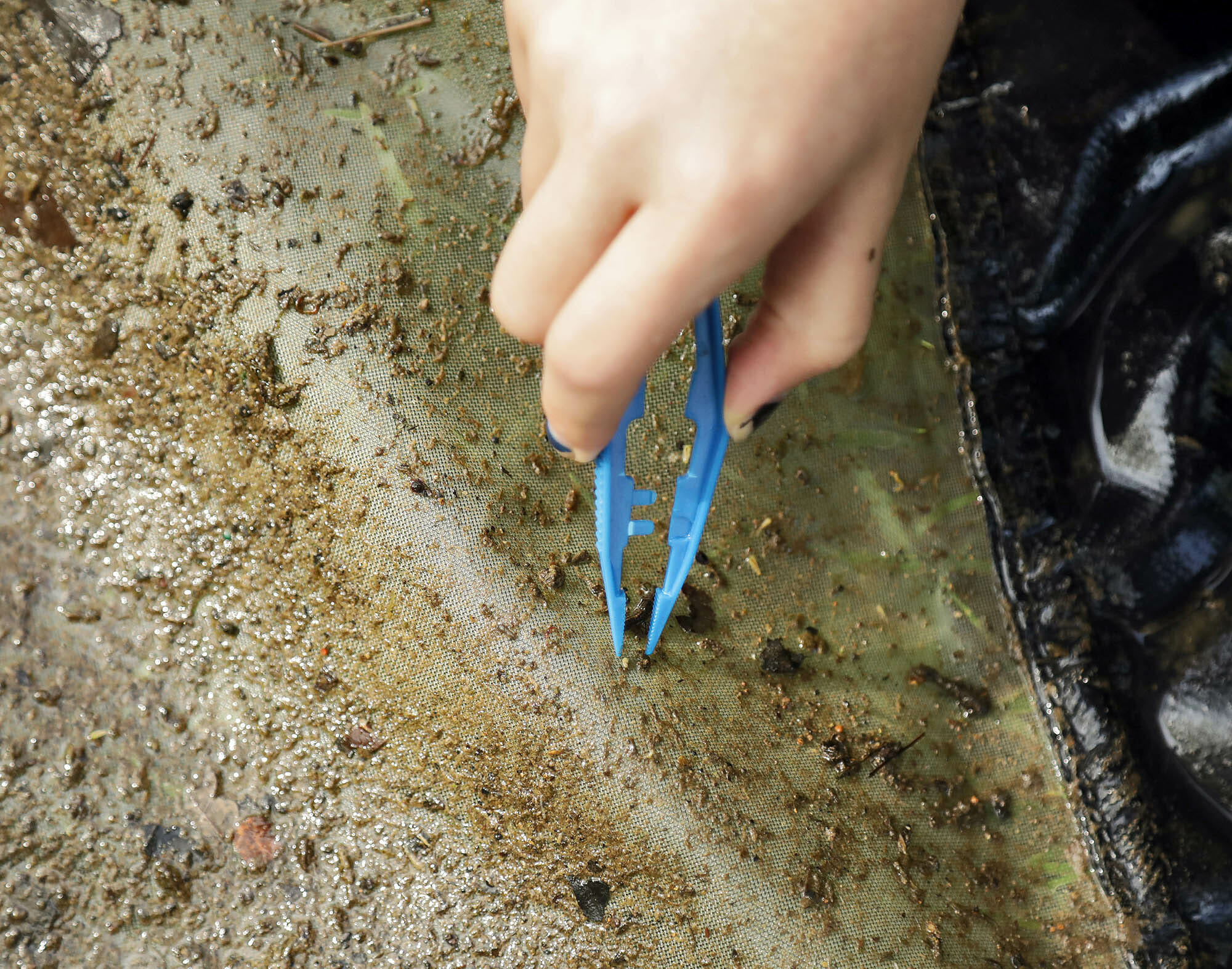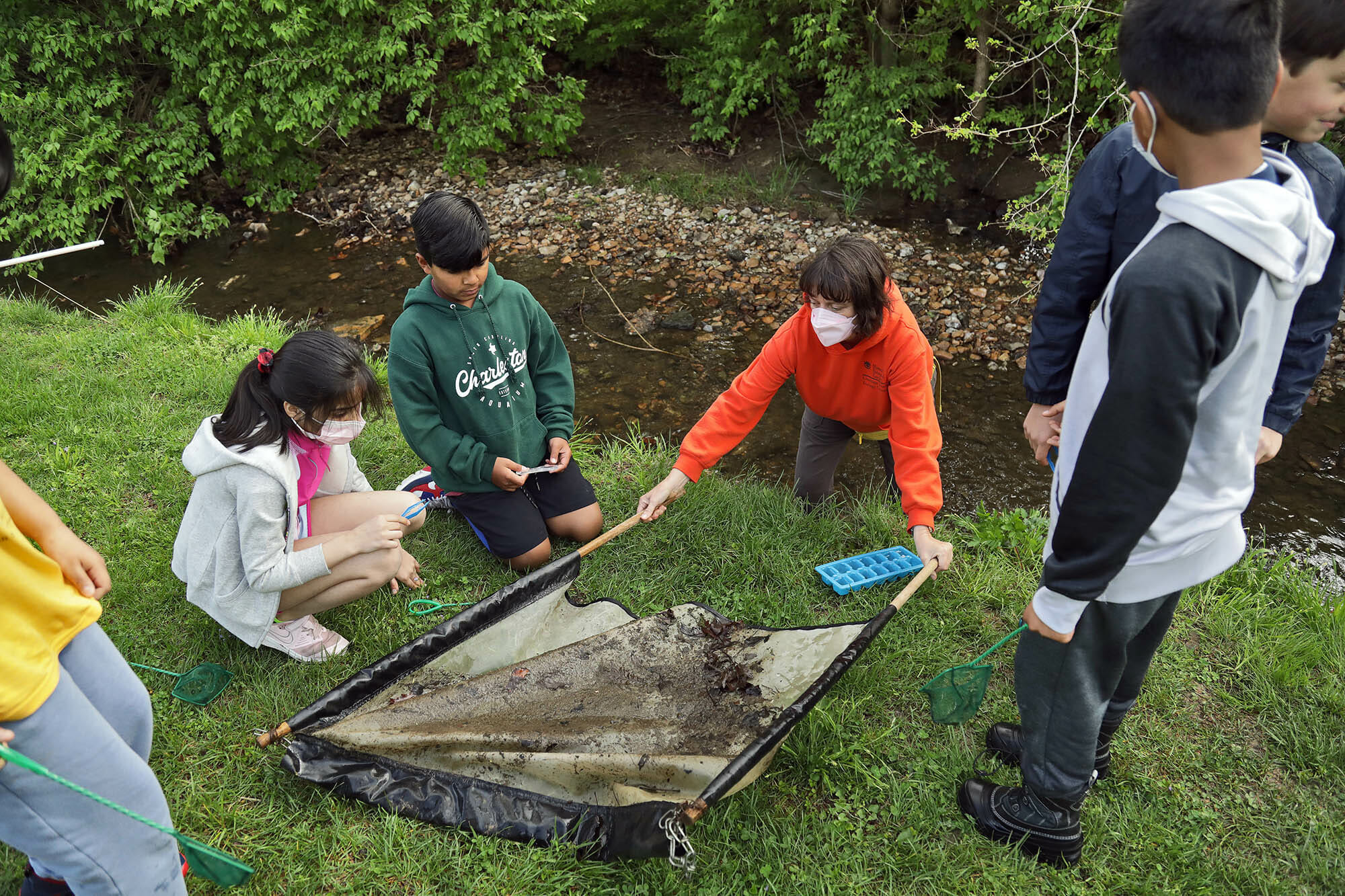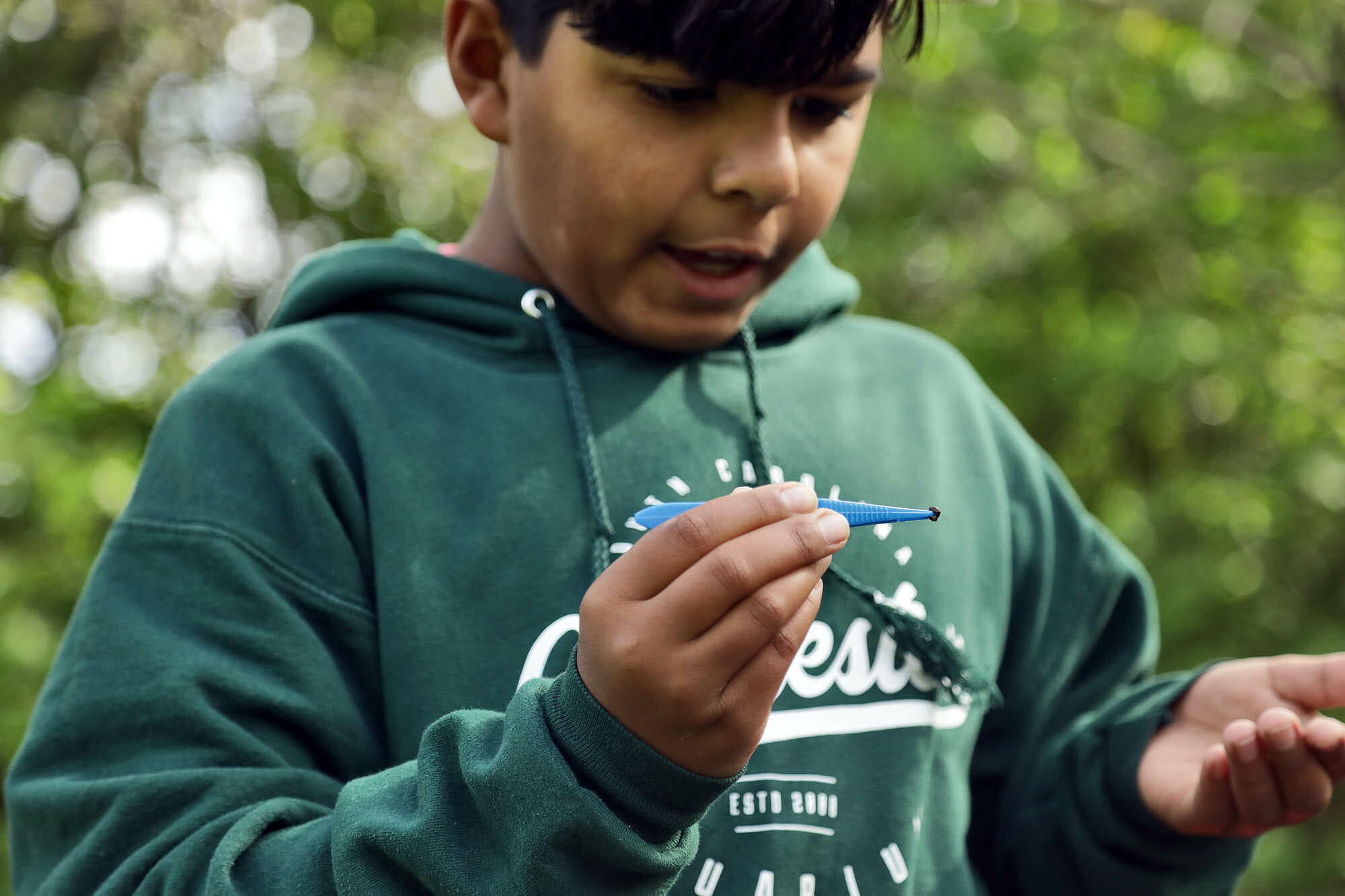By Laura Pupillo, Lower School Science Teacher
Fourth-grade students are currently exploring solutions that help improve the Earth. As part of this program, we are studying pollution and water quality. We recently borrowed the Enviroscape Table from MSD which provided an excellent opportunity to explore point source and non-point source pollution. Using the model, we were able to see how sometimes our daily interactions with the Earth result in pollution, and how, at times, it’s not always easy to see pollution with our eyes. One example was seeing how animal waste can be harmful. Over time, the animal waste breaks down and runs off with rain ending up in local creeks and rivers. Another good example was salt on roads during ice events.
As scientists and citizens, we can take an active role in figuring out how we can proactively reduce these negative impacts, but to do that, we have to first know if there’s a problem. That’s where Stream Team comes in. There is a wide range of local macroinvertebrates that live in our local streams all the time. Some of these invertebrates can tolerate pollution, whereas some cannot. Sampling macroinvertebrates allows us to see what kinds of species are present and that information can help us determine if our stream is healthy.
Thankfully, in the stream by Head of School Jay Rainey’s home, we found some invertebrates that are sensitive to pollution, meaning that the water quality isn’t too bad. In addition, we looked for pollution that we can see with our eyes and collected a bag full of trash. In the end, the students had a fantastic time learning about these special organisms firsthand, the creek got a little cleaner, and we all can’t wait to come back! Way to go, fourth-grade stream team!
